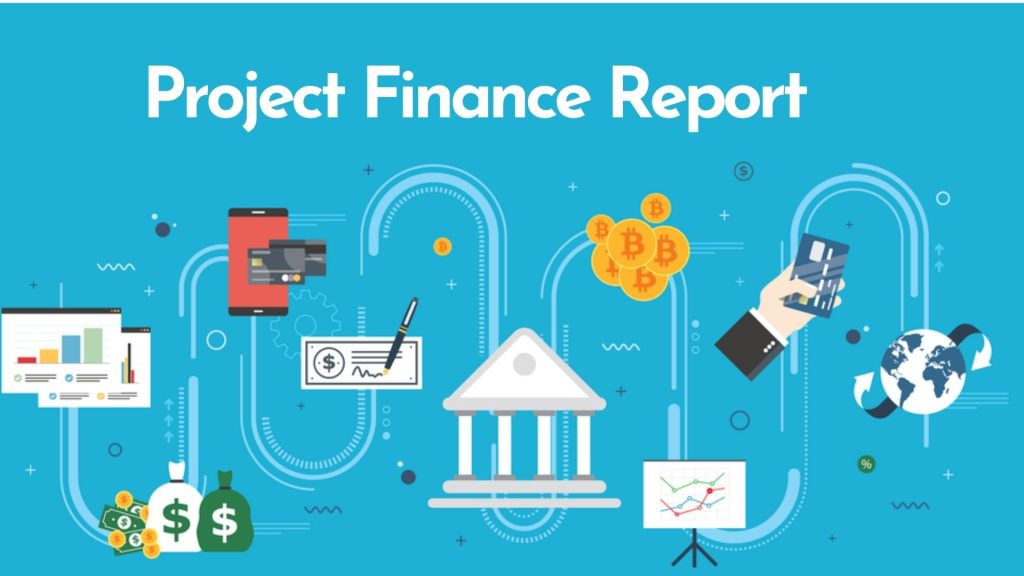Project finance refers to the use of a non-recourse or limited recourse financial framework to support long-term infrastructure, industrial projects, and public services. The cash flow created by the project is utilised to repay the loans and equity used to finance the project. Because of the ongoing growth and expansion of enterprises, project finance is one of the most important challenges in today’s society. In project finance, the credit risk associated with the borrower is not as critical as it is in any other loan transaction; what matters most is the identifier, analysis, allocation, and managing of all project risks.

Types of Loan in Project Financing
- Term loans
- Mortgage Loan
- Cash Credit Limits
- Foreign currency term loans
- External Commercial Borrowings
- Export Credit Agency backed long term debt
- Lines of credit from different multilateral institutions
- Non-fund based facilities like Letter of Credit, Bank Guarantee, Supplier’s Credit, Buyer’s Credit etc.
- Subordinated debt financing.
Features of Project Financing
Capital Intensive Financing Scheme
Project finance is suitable for businesses that need a large amount of stock and debt, and it is commonly used to aid economic development in underdeveloped countries. This more expensive method of corporate loan financing raises costs while reducing liquidity. Furthermore, Emerging Market Risk and Political Risk are often included in this strategy’s activities.
Risk Allocation
A few of the project’s risks are shifted to the lender under this financial arrangement. As a consequence, sponsors choose to adopt this financing method since it enables them to offset some of the risks.
Multiple Participants Applicable
Because Undertaking Financing typically includes a large-scale project, it is feasible to assign responsibility for the project’s many parts to several parties.
Loan Repayment With Project Cash Flow
Because Undertaking Financing typically includes a large-scale project, it is feasible to assign responsibility for the project’s many parts to several parties.
Better Tax Treatment
When Project Financing is employed, the project and/or the sponsors may be eligible for advantageous tax treatment.
Market Analysis
- To Include:
- Aggregate demand for the proposed product
- Market share of the project under appraisal
- Consumptions trends in the past
- Past & present supply
- Production possibilities & constraints
- Imports & Exports situation
- Cost structure
- Elasticity of demand
- Structure of competition
- Distribution channels & marketing policies.
Technical Analysis: Project Cost
- Land Cost: This covers the base cost, registration fees, stamp duty, and any other incidental expenditures.
- Land development fees/costs are properly considered.
- Plant and machinery costs must include all taxes and levies, as well as installation fees and incidental expenditures.
- Building: depending on architect’s certificate, to include professional hiring costs, etc.
- Accurate project estimation is critical for meaningful financial analysis.
financial Feasibility
- Cost of the project.
- Land & Site Development.
- Building & Civil Works.
- Plant & Machinery.
- Technical know-how and engineering fees.
- The cost incurred on foreign technicians for installation of the plant.
- Miscellaneous fixed assets.
- Cost of trial runs.
- Preliminary expenses & capital issue expenses.
- Pre-operative expenses.
- Margin money for working capital.
Means of Finance
- In the case of Bank Term Loans
- Land & Building: 30%.
- Plant & Machinery: 25%.
- 2nd Hand Machinery: 40%.
- Generally Banks there is apprehension about financing purchase cost of land.
- Reimbursement of the cost incurred, higher margins may be stipulated.
- Generally cost incurred up to one year before are eligible for Bank finance.
Financial Feasibility
- Projected Cash-flow.
- Project Evaluation.
- Sensitivity Analysis.
Working Capital Requirement
- Based on trade receivables, inventory levels & extent of trade credit available in the business.
- Thumb rule: 20% to 25% of the estimated sales for the year.
- Assessment & review on a yearly basis. Short review possible.



